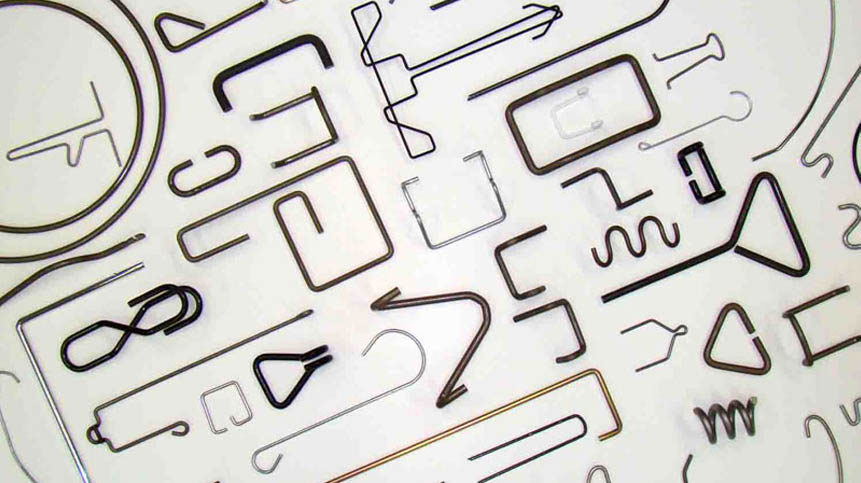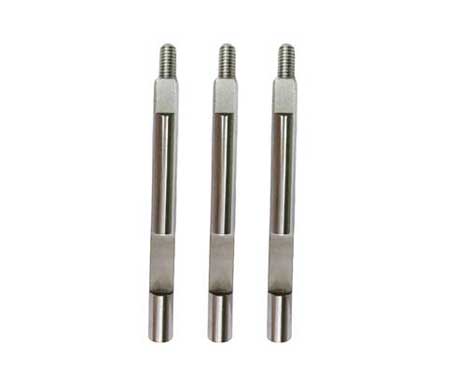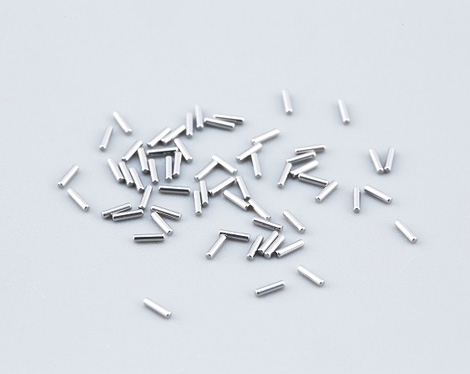As an important material in industrial manufacturing, formed wire is widely used in various fields. The fine and efficient manufacturing process is directly related to the quality and performance of the wire. Below, we will conduct in-depth analysis and discussion on the manufacturing process of formed wire products from four aspects.
Raw Material Selection and Pretreatment
The primary task of manufacturing formed wire products is to select the right raw materials. High quality raw materials are the basis to ensure stable performance and reliable quality of wire. Usually, according to the use and requirements of the wire, metal materials with specific chemical composition and mechanical properties are selected as raw materials.
After the selection of raw materials, pretreatment is also a key part. Pretreatment includes cleaning, cutting, heat treatment and other steps to remove impurities from the surface of the raw material, adjust the structure of the material, and prepare for the subsequent formed process.
Selection and Implementation of Forming Process
Forming process is the core of formed wire products. According to the shape, size and performance requirements of the wire, different forming processes can be selected, such as drawing, rolling, extrusion, etc. These processes have their own characteristics and need to be selected according to the actual situation.
In the implementation of the forming process, it is necessary to strictly control the process parameters, such as temperature, speed, pressure, etc., to ensure the forming quality and performance of the wire. At the same time, it is also necessary to pay attention to the safety and environmental protection issues in the process to ensure the green and sustainable development of the production process.
The Follow-up Treatment of the Wire
The molded wire also requires a series of subsequent treatments to further improve its performance and quality. These subsequent treatments include annealing, straightening, surface treatment and other steps.
Annealing can eliminate the internal stress generated in the forming process of wire rod and improve its stability. Straightening can make the shape of the wire more regular to meet the requirements of use; The surface treatment can improve the corrosion resistance, wear resistance and other properties of the wire, and extend its service life.
Quality Testing and Evaluation
Quality inspection and evaluation is an indispensable part in the manufacturing process of formed wire products. Through the comprehensive inspection of the appearance, size and performance of the wire, the quality of the wire can be ensured to meet the standards and requirements.
Common testing methods include visual inspection, dimensional measurement, mechanical property testing, etc. These detection methods can help us find the problems in the wire manufacturing process in time, and take effective measures to improve. At the same time, through the statistical analysis of the performance data of different batches of wire, it can also provide strong support for the subsequent process optimization and product upgrading.
To sum up, the manufacturing process of formed wire products is a complex and fine process, which requires us to work hard in raw material selection, pre-treatment, forming process, follow-up treatment and quality detection and evaluation. Only in this way can we manufacture high-quality, high-performance formed wire products to meet the needs of the market and promote the progress of industrial manufacturing.


 English
English 

